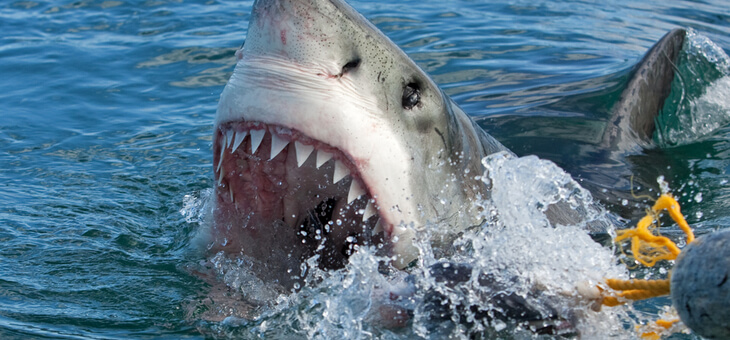Sharks are polarising creatures. At once beautiful and deadly, these fascinating fish have been the subject of much prejudice and scrutiny over the years, particularly for their role in shark-attack fatalities.
Many people are straight up scared of sharks but the truth is, according to the International Shark Attack File from Florida Museum, you have a 1 in 3,748,067 chance of death by shark. At 1 in 3306, your odds of drowning are so much greater than being killed by a shark. In fact, you’re more likely to be killed by a deer, bee, dog or cow.
New Smyrna Beach in Florida is the deadliest destination in the world for shark attacks. But, in 2020, Australia was home to the most fatalities directly associated with shark bites.
When you look at the numbers, there have only been around 700 unprovoked shark attacks globally since 1900, resulting in more than 170 fatalities.
In 2020, Australia recorded 22 unprovoked shark encounters. That is over 38 per cent of the worldwide total, says Australia Wide First Aid. Eight of these attacks resulted in fatalities – more than 50 per cent of the worldwide total fatalities. There were no fatalities in 2019, but there were 17 attacks.
There are around 500 different species of sharks in the world, 400 of which occupy Australian waters. Yet shark populations are being decimated year after year, with an estimated 100 million sharks caught and killed by fisheries annually. Little wonder (maybe) that unprovoked shark attacks are on the rise around the globe.
Swimming with small sharks, such as gummy sharks and white- or black-tipped reef sharks, can be a wonderful experience. Some people even fancy being put in a cage and ‘attacked’ by great white sharks. And for those who would like to seek out these stunning sea creatures, or for those who’d just like to know where not to go to encounter sharks, these are the places you should pin on your maps, according to Reader’s Digest.
Sennen Cove, UK
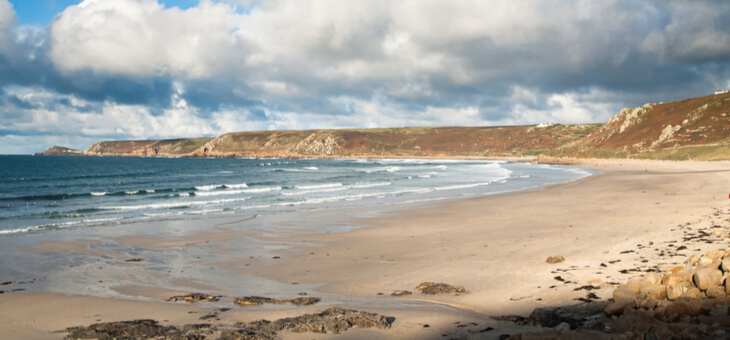
This one-mile stretch of beach in the UK is famous for massive basking sharks, which can be as big as 12m long and weigh as much as 4500kg. These gentle giants are not interested in eating mammals. Like some whales, they feed on plankton and other tiny sea creatures and are not considered dangerous to humans.
New Smyrna Beach, Florida

Florida has more shark attacks each year than any other area in the world, with most occurring in Volusia County, home to New Smyrna Beach. There have been 303 unprovoked shark attacks since 1882. One reason for this may be the murkiness of the water, resulting from heavy rain runoff, says shark researcher Blake Chapman. It may also have to do with the fact that New Smyrna Beach is one of the world’s top 20 surf towns where, according to Visit Florida, you’ll find the most consistent waves on the east coast of the United States.
Bondi Beach, Australia
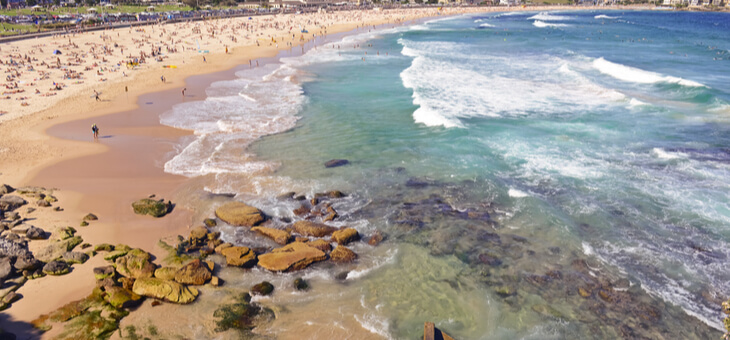
All time, Australia has the second-highest number of unprovoked shark attacks in the world and, according to Dr Chapman, attacks are on the rise. There have been 139 shark bites since 2007, most of which have taken place off the coast of New South Wales.
Read more: The world’s most crowded beaches
Isla Mujeres, Mexico
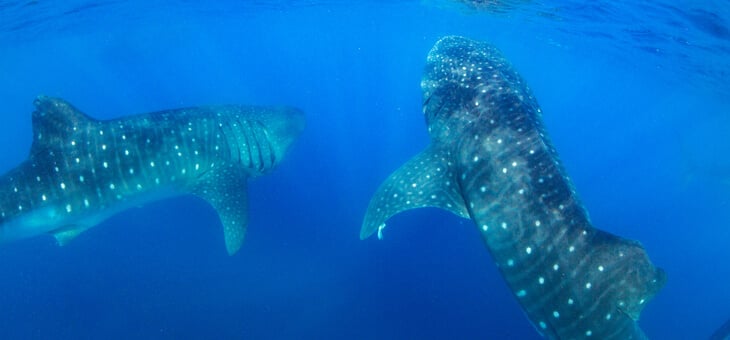
Giant, gentle whale sharks migrate through the waters off Isla Mujeres each year from May through September, bringing tourists and divers from all around the world to catch a glimpse. Isla Mujeres is also home to an annual Whale Shark Festival in mid-July. Whale sharks are filter-eaters, feeding on plankton – and not people or other large fish.
Réunion Island, Indian Ocean

A French island off the coast of Madagascar, Réunion Island hasn’t experienced a plethora of attacks but studies suggest they will be, with a noticeable increase in the past decade. Larger species such as bull and tiger sharks are known to occupy the area and its small population is fascinating to marine researchers due to the relatively high attack to fatality ratio.
Gansbaai, South Africa

The fishing town of Gansbaai is located on the Western Cape of South Africa and has become a popular spot for cage-diving with great white sharks. Unsurprisingly, the large great white population means South Africa is also a hotspot for unprovoked bites.
Read more: Australia’s real best beach
La Jolla Shores, California
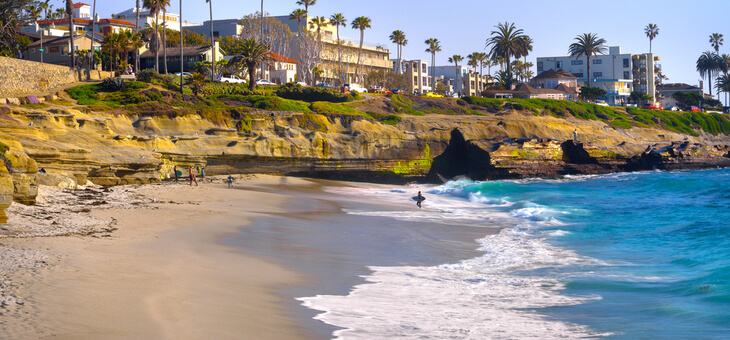
The shallow, warm waters here make it an ideal place to snorkel or swim with the docile leopard sharks that swarm the area. Leopard sharks have very small mouths, which they use to ‘suck up’ squid from the sea floor, and aren’t considered dangerous to humans.
Recife, Brazil
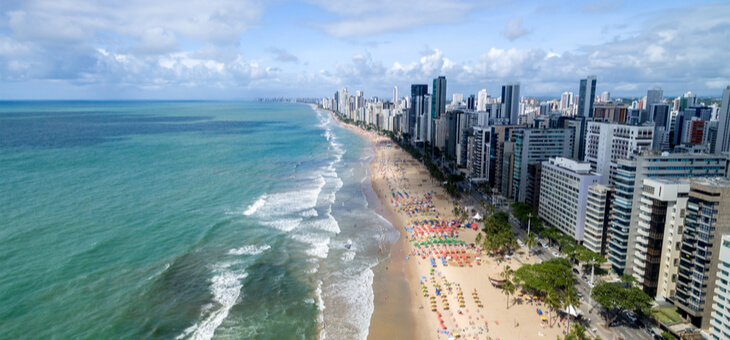
More than eight in 10 of all Brazil’s unprovoked shark attacks occur in a small area of the northeast coast near Recife, making it one of the highest areas of attacks per kilometre in the world. Shark bites there were rare until about 1992, when nearby port activity and construction displaced aggressive bull sharks and increased boat traffic, the sound of which sharks are known to be attracted.
Read more: Brazilian islands open – if you’ve had coronavirus
Solana Beach and Eureka, California
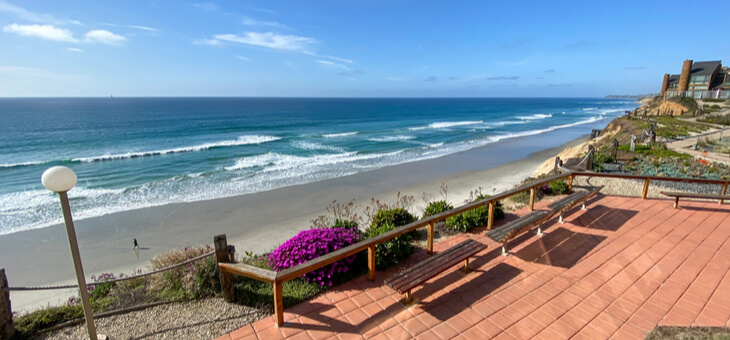
California sits behind Florida for the most unprovoked shark bites in the US, with 124 attacks since 1837. Most of these took place in San Diego County, where you’ll find Solana Beach.
Humboldt County in Northern California is the second-biggest hotspot in the state, with 16 shark attacks since 1837. Eureka is a popular surf spot in the area and the location where two surfers survived great white bites in 2012 and 2013.
Maui, Hawaii
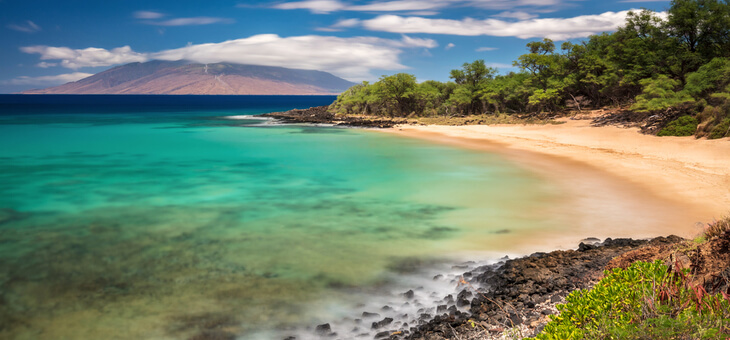
With 40 species of shark living in the waters around the Hawaiian Islands, including hammerheads, blacktips, reef sharks, whale sharks, and some lesser-known species, make it a popular spot for shark watching, feeding, and cage diving. Since the 1800s, Hawaii has recorded 162 unprovoked bites – 64 off the coast of Maui.
Are you worried about shark attacks? Why not share your thoughts in the comments section below?
If you enjoy our content, don’t keep it to yourself. Share our free eNews with your friends and encourage them to sign up.

